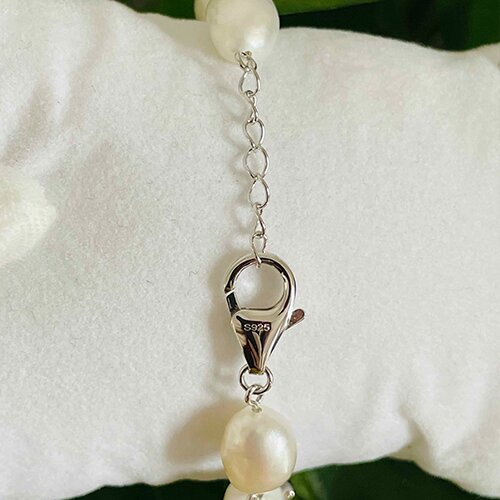How does Electroplating work for Jewelry?
Electroplating is the process of coating a metal object with a thin layer of another metal by depositing ions of the other metal onto the surface of the object using an electric current.
The process of electroplating jewelry dates back to the mid-19th century, when a British chemist named John Wright discovered that he could coat a thin layer of gold onto silver using a cyanide-based electrolyte. Since then, the electroplating technique has evolved to include a variety of metals such as silver, platinum, rhodium, and even non-precious metals like copper and brass.
One of the primary benefits of electroplating jewelry is that it allows jewelry designers and manufacturers to create more affordable pieces with nice quality. For example, a piece of jewelry made from sterling silver and base metal can be electroplated with a thin layer of gold to create a gold plated or gold vermeil finish. Similarly, also can be coated in a precious metal like rhodium or silver to create its appearance.
Another benefit of electroplating jewelry is that it increases the durability and longevity of the piece. Electroplating creates a barrier with the layer of coating, making it less susceptible to damage, wear, or exposure. Electroplating jewelry can prevent tarnishing and prevent discoloration in certain period, depends on electroplating thickness on the jewelry.
The process of electroplating jewelry involves a few steps. First, the jewelry is cleaned and polished to remove any dirt or oils that may interfere with the plating process. Next, it is prepared for plating by applying a thin layer of conductive material, such as silver or copper. This layer acts as a bridge between the jewelry and the electrolyte solution.
The piece is then immersed in an electrolyte solution that contains ions of the metal to be plated. An electrical current is passed through the solution, which causes the metal ions to migrate to the surface of the jewelry and deposit onto the conductive layer. The longer the piece is left in the solution and the higher the current used, the thicker the plating layer will be.
In conclusion, electroplating jewelry is a cost-effective and efficient method of enhancing the appearance and durability of precious and non-precious metal pieces. Its benefits include affordability, durability, and resistance to corrosion. The process involves cleaning and preparing the jewelry, applying a conductive layer, and immersing it in an electrolyte solution. Electroplating has become an essential technique in the jewelry industry to create beautiful, long-lasting pieces at a small cost.
 —— Jewelry Manufacturer for Designers | Brands
—— Jewelry Manufacturer for Designers | Brands

